Forex analysis review
Forex analysis review |
- EUR/USD: clouds are gathering over the euro and only a lucky break can help
- Goldman Sachs: oil is going to rise in price
- Bitcoin has plummeted in price. Analysts' forecasts are full of negative
| EUR/USD: clouds are gathering over the euro and only a lucky break can help Posted: 07 Jun 2022 02:42 PM PDT
The euro has fallen 6% against the dollar this year, driven in large part by expectations of aggressive tightening from the Federal Reserve. Concerns in this regard have also led to a drawdown of the S&P index by more than 14% from the January peak. The prospects for the single currency became so bleak that it fell to $1.0350 in the middle of last month and there was much talk of parity with the dollar. However, after the greenback reached a peak level on May 13, traders became more cautious about the USD as speculation began to gain momentum that the Fed could take a break after raising a key half-point in June and July to study the impact of these steps to the highest inflation in 40 years. Meanwhile, the European Central Bank has signaled that it intends to start raising interest rates this summer, opening the door for hedge funds to replenish euro reserves. In the week to May 31, hedge funds increased their net long positions in EUR to a three-month high, according to data from the US Commodity Futures Trading Commission (CFTC). The reduction in investment demand for the dollar, as well as talk about how much the ECB could raise rates in response to record inflation in the eurozone, allowed the single currency to bounce off a five-year "bottom" and recover to a monthly high near $1.08. The EUR/USD pair closed May with an increase of almost 2%, demonstrating its first winning month this year. The S&P 500 index, which fell into the bear market zone on May 19, having rolled back more than 20% from its last peak, also ended the past month in positive territory. This allowed the index to break the seven-week series of falls. U.S. equity funds have shown a weekly outflow since April 7, which in May was stimulated not only by the fall in quotes, but also by the fact that the S&P 500 stayed below 4274 points. This, according to Bank of America estimates, is the average entry point into the market of $1.1 trillion that has come in since the beginning of 2021.
The S&P 500 finished last month at around 4132 points, while earlier in the moment it fell to 3810 points. Investors took a positive view of the fact that the core index of spending on personal consumption of Americans, one of the key indicators of inflation for the Fed, fell to 4.9% in April from 5.2% recorded in March. This gave rise to hopes for an easing of inflationary pressures in the country and forced the greenback to retreat even further from the peak levels since December 2002 at 105.00 points on May 13, which the EUR/USD pair did not fail to take advantage of, jumping to five-week highs around 1.0786. However, the respite for risky assets was short-lived. Strong US employment data released late last week reinforced bets that upward price pressures will last longer, leaving faster increases in borrowing costs on the table. Armed with this idea, the dollar bulls perked up. The USD index ended the last five days near 102.19, which is 0.9% higher than the five-week lows reached earlier in the 101.30 area. After the release of US economic data, which confirmed investors' opinion that the Fed will continue the rapid tightening of monetary policy, Wall Street's key indices fell sharply on Friday. In particular, the S&P 500 fell more than 1.5% to 4108.54 points. Thus, after only one week of rebound, which interrupted the longest series of falls, the main US indices again swung downward. At the same time, a strong US employment report in May helped the dollar record its first weekly gain in three weeks (by 0.47%). Meanwhile, the EUR/USD pair ended the past five-day period in negative territory, down more than 0.6% from monthly highs. "The dollar strengthened and the US stock market faced difficulties. It's almost a mirror image of what we saw a week earlier when there was talk of a possible pause in the Fed's tightening cycle," National Australia Bank strategists said. "As far as the euro is concerned, it pretty much did everything it could in the run-up to the June ECB meeting because a lot is already priced in," they added. At the start of the new week, the greenback was able to extend Friday's growth, increasing by 0.26% on Monday. To maintain the strength of the US currency against its competitors helped increase the yield of US Treasury bonds.
The day before, the indicator for 10-year treasuries for the first time since May 18 exceeded the mark of 3%. US stock indices, which started trading on Monday with a confident rise, reduced their growth rates amid an increase in UST yields and retreated from session highs at the close. Thus, the S&P 500 rose by 0.31% to 4121.43 points, while in the course of trading it rose to 4163 points. Investors are still focused on inflation and higher interest rates in the US. The Fed will need to raise its benchmark interest rate to just 3% to curb inflation, according to a recent survey of economists at major North American banks by the Association of American Bankers (ABA). The consensus forecast is that the current cycle of rising borrowing costs in the United States will end next year, with the first rate cut coming in the fourth quarter of 2023. "We think that by the end of next year we will see results sufficient for the Fed to be able to take their foot off the brake pedal. It looks like the central bank will be successful in slowing inflation down to more manageable levels for the foreseeable future," Wells Fargo said in a statement. In the meantime, concerns continue to hover in the air about overly aggressive moves by the Fed that could harm the economy. It should be recognized that the expected growth rate of the rate, according to FOMC forecasts, up to 3% by 2023 is not particularly critical for both the US stock market and the national economy. However, it is difficult to predict what inflation will be in the medium and long term. Investors fear a repeat of the 1970s, when the Fed raised interest rates to 21.5% to ease inflationary pressures, and in so doing sent the economy into two short-lived recessions accompanied by falling GDP and rising unemployment. Only time will tell how justified these fears are. "The Fed is serious about bringing inflation down, and until they see meaningful progress towards their target, it looks like aggressive rate hikes are on the table," Western Union said. Wall Street will need to wait for at least a couple more inflation reports before anyone can say with certainty when the Fed might change its course of tightening, experts say.
There is some optimism that China is gradually lifting coronavirus restrictions, thereby easing pressure on supply chains. In addition, politicians in Washington are considering removing some tariffs on Chinese goods in order to ease inflation. The catch, however, is that as China's economic activity recovers, so does energy demand, pushing up commodity prices. At the same time, the leaders of the Fed can do little to reduce energy prices, even with the fall in consumer demand, which the central bank intends to achieve. "As inflation is at a high level and commodity prices continue to rise and reach new all-time highs, it is possible that the peak of inflation is still in the foggy future," said Kingsview Investment Management strategists. Fresh data on changes in consumer prices in the US will be published on Friday. Core inflation, which excludes volatile energy and fuel prices and is the Fed's preferred target, is expected to be 5.9% year-on-year, down from 6.2% the previous month. This would mark the third month of consecutive declines and lead to core inflation possibly peaking. In the meantime, high inflation figures would fuel expectations of aggressive tightening by the Fed and likely put an end to last month's rumors that the Fed would take a break from raising interest rates at its September meeting. Markets have priced in a consistent 50 basis point Fed rate hike in June and July, but uncertainty about what happens after that limits the growth of the US currency and provokes fluctuations in US stock indices. On Tuesday, the USD index rose to a two-week high above 102.80, but then corrected to 102.40. Key Wall Street indices started trading lower today, after which they returned to positive territory, adding about 0.5% on average. The EUR/USD pair is also swinging on the waves of uncertainty in anticipation of the next ECB meeting, which will be held on Thursday.
"While the ECB cannot afford to be as aggressive as the Fed when it comes to policy normalization, rate hikes are needed to send a signal to markets that something is being done to curb inflation. The first increase may occur as early as July, and the second half of the year may provide some support for the euro," said National Bank of Canada analysts. "Nevertheless, we remain cautious, as the growth of the European economy in the second quarter, apparently, was constrained by the geopolitical background. Conditions in the eurozone are likely to remain challenging for some more time, which could limit the European Central Bank's room to maneuver," they added. On Thursday, the ECB will make an important decision on the rate, but after the announcement of the verdict, the EUR/USD pair will fall to the 1.0650 area, Scotiabank strategists say. "The bar for a hawkish surprise from the ECB is set high this week as markets may be overestimating the speed and extent of the tightening the central bank will roll out this year. The euro is more prone to weakening to the $1.0650 area and to the $1.0600 round mark than the rally after the ECB decision this week," they said. Money markets are forecasting a 100 bp hike in eurozone rates by October and by 125 bp by the end of the year. "If the US CPI report on Friday beats forecasts, it will support expectations for a Fed rate hike and could lead to further losses for the euro. In order for the single currency to resume its upward trend and possibly break above $1.08, we believe that ECB President Christine Lagarde should make it clear that the central bank is ready to act more aggressively in order to contain inflation, namely to raise rates if necessary by 50 bp," Scotiabank said. The key support for EUR/USD is in the area of 1.0680 (the Fibonacci retracement level by 23.6%). The pair dropped below this level on Tuesday, but then managed to rise above it. If 1.0680 does turn into resistance, 1.0660 (100-day moving average), 1.0620 (38.2% Fibonacci retracement level) and 1.0600 (200-day moving average) may come into play. On the other hand, initial resistance lies at 1.0700, followed by 1.0720 (50-day moving average) and 1.0760. The material has been provided by InstaForex Company - www.instaforex.com |
| Goldman Sachs: oil is going to rise in price Posted: 07 Jun 2022 02:42 PM PDT
Oil continued to rise in price in the morning hours of Tuesday, but later the quotes moved to a slight decrease. On the New York Mercantile Exchange, July futures for WTI crude at the time of writing were trading at $118.25 per barrel, down 0.20% from the final level of the previous trading session. Futures for Brent crude for August delivery fell 0.24% to $119.22 a barrel. The direction of movement of oil quotes on the charts is determined by the mood of traders who are trying to assess the balance of supply and demand in the global fuel market. The day before it became known that the national oil company of Saudi Arabia, which is also the largest in the world, will raise prices for all grades of exported oil with delivery in July for the countries of Asia, northwestern Europe and the Mediterranean. From now on, the price of the main Arab Light grade supplied to Asia will rise by $2.1 per barrel, as a result, it will cost $6.5 more for the named regions than the oil basket of Oman and Dubai. Last week, OPEC+ officials announced an increase in July and August oil production quotas by 648,000 barrels per day. Recall that earlier the EU intended to increase production by only 432,000. Judging by the quotes' reaction after this news was announced, we can say that bidders were not impressed with this decision. Let's not forget that the committee has been unable to reach the targets for several months now. This is probably why experts and traders do not expect any changes in the supply side of the global energy market from the new planned production level. Analysts at Goldman Sachs bank, expecting a recovery in demand for fuel amid limited supply, predict continued growth in prices for benchmark oil in the third quarter. Experts are confident that Brent will reach $140 per barrel, over the next 12 months, 1 barrel of Brent oil will cost $135 on average. Thus, the Brent price forecast for the second half of 2022 and the first half of 2023 is increased by $10 compared to the previous estimate. The disruption in global energy supplies coincides with a recovery in fuel demand. Some countries are forced to use strategic reserves of petroleum products in order to somehow contain the rise in prices for their consumers. However, oil still continues to rise in price, this year having increased in price by more than one and a half times. Analysts from Goldman Sachs believe that in order to restore balance in the oil market next year, it is important to reduce energy demand, which should keep pace with the slowdown in the global economy and increased production in OPEC countries (including Saudi Arabia and Iran). According to the bank, world oil reserves today are 75 million barrels lower than previously predicted by experts. The production of this raw material in Russia has declined, but not as much as expected. True, the production of petroleum products in Russia will still fall. A recovery in demand in China is likely to help push the oil market back into deficit. It is expected that in the third quarter, the global oil deficit will average 400,000 barrels per day.
|
| Bitcoin has plummeted in price. Analysts' forecasts are full of negative Posted: 07 Jun 2022 02:42 PM PDT At the beginning of the trading session on Tuesday, the quotes of the first cryptocurrency fell sharply below the level of $30,000 to $29,400. Thus, over the past 24 hours, bitcoin has lost about 5.5%. At the same time, during the past day, the lowest cost of BTC reached $29,311, and the highest was $31,693. At the time of writing, the main virtual asset is trading at $29,549.
A day earlier, bitcoin rose by 4.9% to $31,760, but in just a few morning hours on Tuesday, it rolled back from its previous highs and began to permanently become cheaper. By the way, the current collapse of bitcoin is far from the only one in the last month. On May 12, the coin rate fell to $26,700, the lowest since the end of 2020. But the very next day, bitcoin instantly soared by 13%, recouping previous losses, and slipped past the $30,000 mark. Since the beginning of June, bitcoin has shown a price decline of 7.1%. Over the past two months, the cost of BTC has fallen 1.6 times to $29,000 from $45,800. At the same time, bitcoin has lost 30% since the beginning of spring. Since last November, when the coin updated its historical record, soaring above $69,000, the cryptocurrency has already lost about 60% in price. At the same time, many other virtual assets have plummeted from their record levels. Altcoin market On Tuesday, the main competitor of bitcoin, the altcoin Ethereum, also started the trading session with a fall. So, at the time of writing, the value of the coin reaches $1,755. In the last days of May, altcoin slipped through the $2,000 level, but with the onset of summer, it lost its desire for optimism and rolled back to the previous level. As for cryptocurrencies from the top 10 by capitalization, the lowest result for the past 24 hours was recorded by Binance Coin (-7.37%). At the same time, all other coins from the top ten reported a confident decline. According to the results of the past week, the main outsider among the top ten cryptocurrencies was the Solana coin (-16.72%), and the key favorite was Cardano (+1.44%). According to CoinGecko, the world's largest aggregator of data on virtual assets, over the past 24 hours, in the top 100 most capitalized digital assets, the list of leaders was topped by the eCash coin (+9.7%), and Chiliz (-10.3) took the first place in the drop list. %). According to the results of the past week, the main outsider among the hundred leading cryptocurrencies was the Terra Luna coin (-41.1%), and Waves (+8.4%) was the key favorite. Pessimistic forecasts of experts High volatility and unpredictable behavior of the cryptocurrency market force experts to make the most unexpected statements about its future. Ripple CEO Brad Garlinghouse said that in the near future the digital asset market will be reduced to "dozens" of cryptocurrencies. According to Garlinghouse, the recent high-profile collapse of the algorithmic stablecoin Terra USD (UST) and the digital token Luna, when the cryptocurrency market lost billions of dollars over several weeks, was clear evidence of the serious vulnerability of virtual currencies. Earlier, the investment director of the international consulting company Guggenheim Partners, Scott Minerd, stated that most crypto coins are "junk" and will disappear forever in the future, while only bitcoin and Ethereum will be able to survive the coming crypto winter. The investment director of Soros Fund Management, Dawn Fitzpatrick, also announced the great prospects of the Ethereum altcoin in her recent interview with the American news agency Bloomberg. After the launch of the Ethereum 2.0 update, Fitzpatrick believes cryptocurrency will become a more sought-after asset for investors than BTC. The businesswoman is certain that today one of the most important criteria for the appeal of a digital asset is its impact on the environment. The less harm it does to the environment, the more popular it will be with users. Thus, according to Fitzpatrick, Ethereum has every chance to overtake bitcoin, because now the coin is on the way to transition from the energy-intensive Proof-of-Work mining model to the more environmentally friendly Proof-of-Stake. Earlier, Canadian-Russian programmer and Ethereum co-founder Vitalik Buterin said that the transition to PoS could take place as early as August this year. In this regard, Dawn Fitzpatrick believes that the blockchain has limitless possibilities, because this technology allows you to store data as securely as possible and track information transparently. At the end of May, during the World Economic Forum in Davos, Web3 Foundation CEO Bertrand Perez drew analogies between digital assets and dot-coms (companies that build their business models entirely on working within the Internet). At the beginning of the Internet age, many of the existing dot-com companies were fraudulent and did not bring any benefit, but later the market got rid of them, and today only useful and legitimate companies remain on it. "Currently, the bearish trend prevails in the cryptocurrency market. And I think that's good, because it will clean out those who were there for bad reasons," Perez said. At the end of his speech, Perez called the collapse of Terra a logical outcome of the overflow of the market with blockchains and tokens. The oversaturated market, says the CEO of the Web3 Foundation, confuses investors and carries high risks for them. At the same time, most cryptanalysts still name the decisive steps of the US Federal Reserve to tighten monetary policy as one of the main factors of pressure on the market. Thus, in recent months, the digital asset market and shares of the technology sector of the US stock market have reacted sharply to the active monetary stimulus of the central bank due to the coronavirus crisis. By the way, analysts increasingly began to emphasize the high level of correlation between the securities market and virtual assets amid tense expectations of the Fed's succeeding steps. As proof of the high correlation between the value of cryptocurrencies and stocks, we can cite the April trading results of the flagships of both markets. This month, the high-tech NASDAQ Composite has lost more than 12%, its biggest drop since 2008. At the same time, in April, the cost of bitcoin sank by 16.2%, the lowest indicator of this month since 2011. Earlier, experts from the investment company Arcane Research have already stated that the correlation of BTC and technology securities has reached a high since July 2020. Such close parallels between digital gold and the NASDAQ index make investors increasingly doubt the ability of cryptocurrency to become a hedge against inflation and worry that BTC may soon become a traditionally risky asset instead of an alternative one. It is obvious that today the Fed has taken a course on tightening financial conditions, which, in turn, can cause an even greater drop in the value of technology stocks, and with it an active decline in the crypto market. The material has been provided by InstaForex Company - www.instaforex.com |
| You are subscribed to email updates from Forex analysis review. To stop receiving these emails, you may unsubscribe now. | Email delivery powered by Google |
| Google, 1600 Amphitheatre Parkway, Mountain View, CA 94043, United States | |
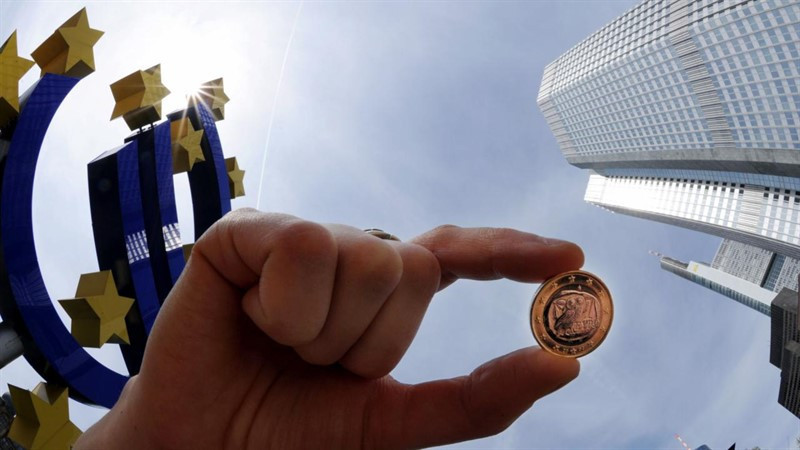
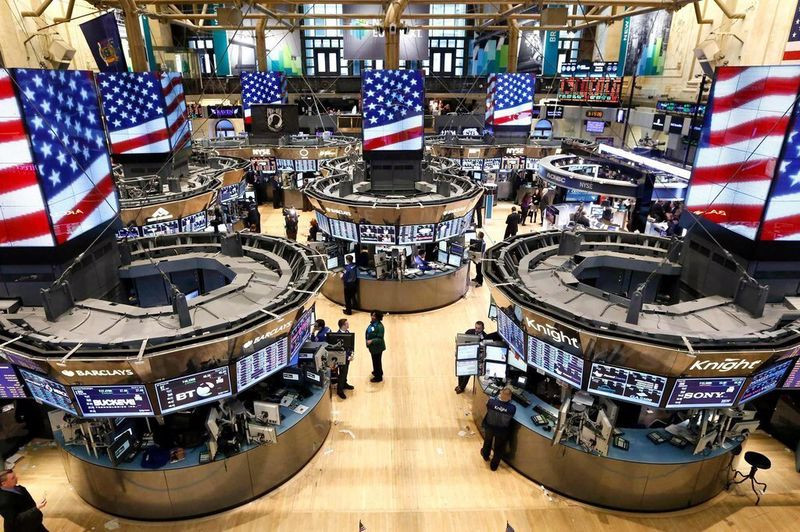
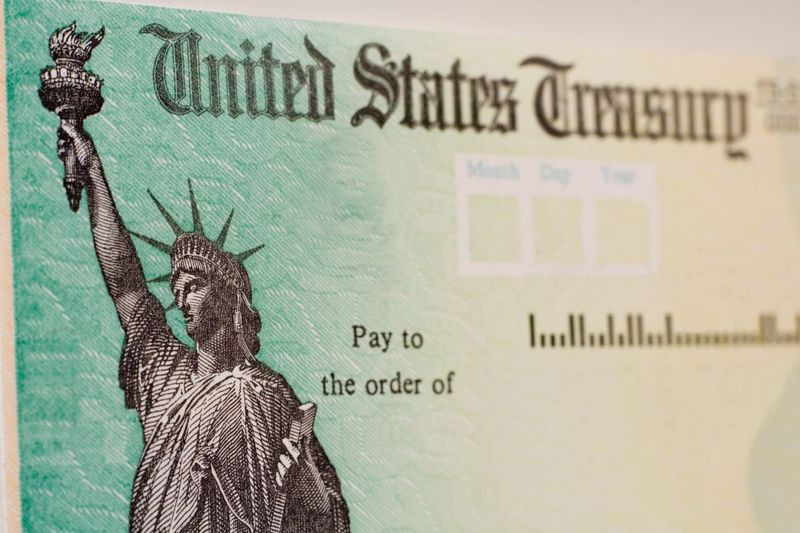

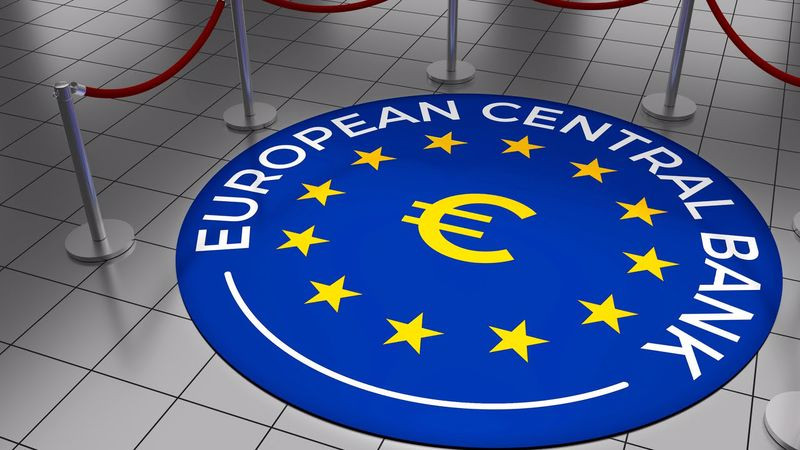

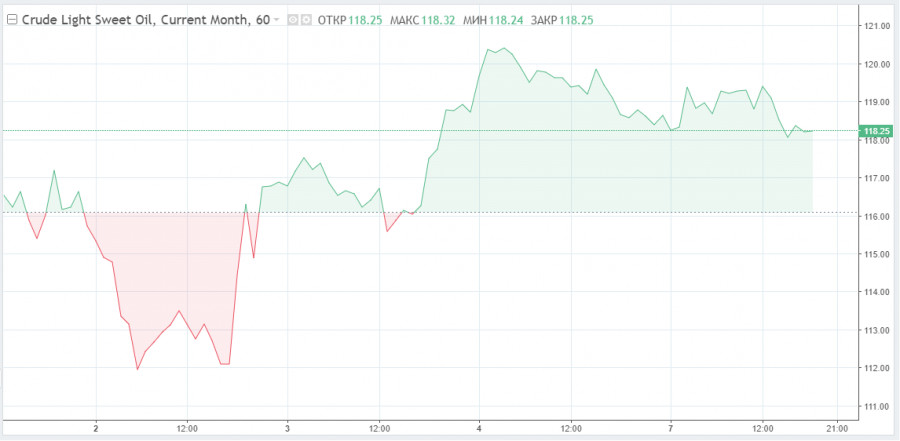
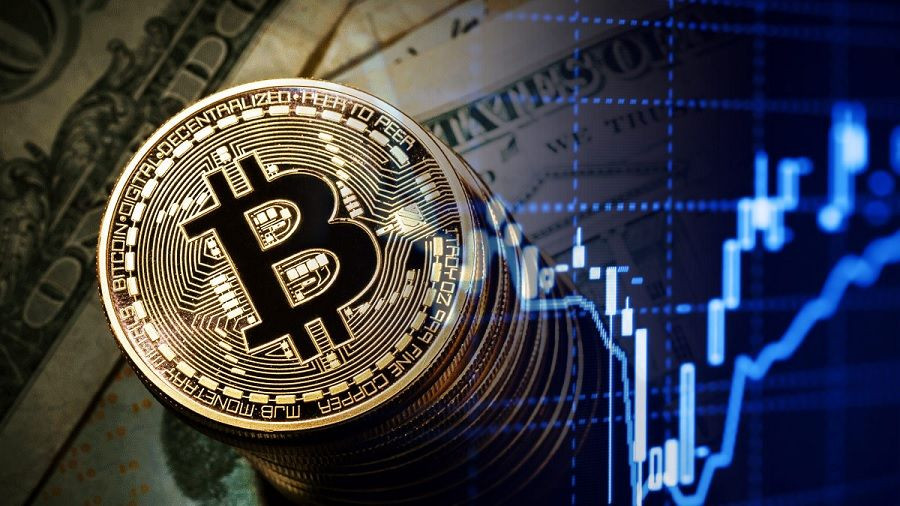
Comments